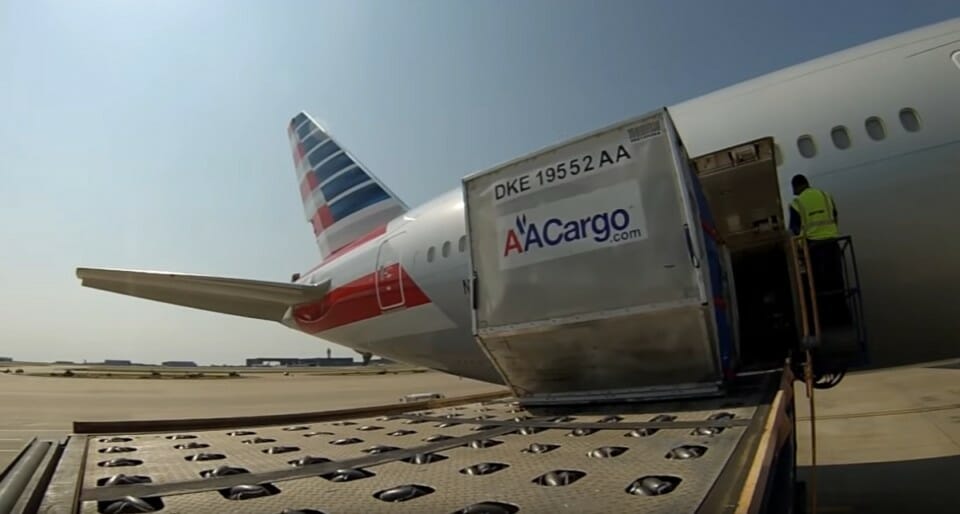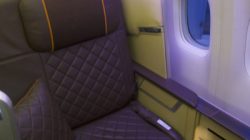The coronavirus pandemic has put the travel industry on life-support. Most of the world’s aircraft fleet remains parked on the ground. Airlines are flying more air cargo especially the “air bridge” pandemic relief flights. Capt. Joe who flies a 747 freighter will walk us through the change from passenger to cargo flights.
Air Cargo History
Since the beginning of the jet age in the late 1950’s, airlines have sought to fully utilize their aircraft to maximize revenue. They started including general cargo in the baggage holds on regular passenger flights. They realized that there was a market for expedited freight transportation which gave birth to aircraft that were designed to haul freight. Airliners can literally operate around the clock, 24 hours per day. Initial freight operations were run at night while the aircraft transported passengers during the day. The concept of using palletized floors and modular passenger interiors enabled airlines to start hauling dedicated freighter operations. These aircraft were known as “convertible” or “quick-change” aircraft.
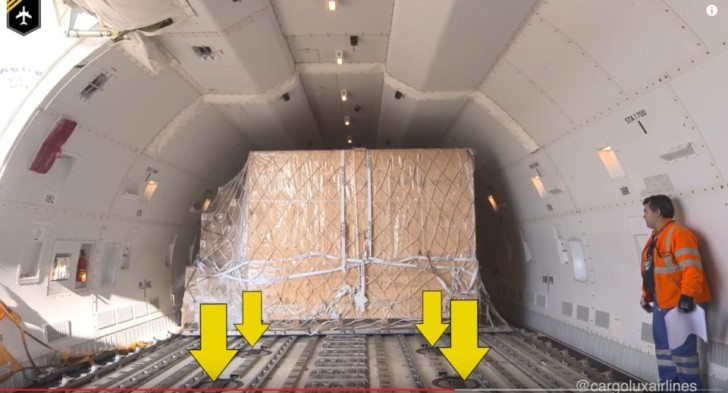
The Aircraft
Airfreight can be flown in four types of aircraft. Each aircraft type serves a specific niche for a particular airlines’ operations.
PASSENGER ONLY AIRCRAFT
These are the aircraft that you are accustomed to flying on. The cargo holds can carry freight containers in addition to passenger baggage and mail. The airlines now are starting to operate freight-only flights by using the belly storage for shipping containers. American Airlines just began dedicated freighter operations using Boeing 777-300 aircraft after being out of the dedicated air freight business for years. The 777 bellies can handle 30 – 40 tons of cargo.
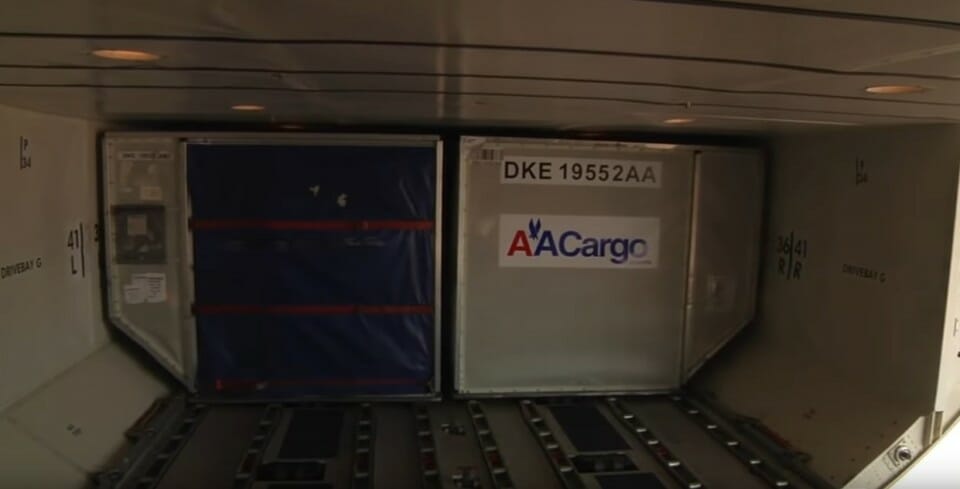
CONVERTIBLE OR “QUICK-CHANGE” AIRCRAFT
These aircraft were designed for airlines to fly passengers during the day and freight at night. Convertible or quick-change aircraft feature a cargo-loading door on the left side behind the forward passenger boarding door. The passenger seats and gallies are palletized to roll in and out for passenger flights. The drawback to this system is the freight flight has to return back to its origin to reinstall the passenger seats and gallies.
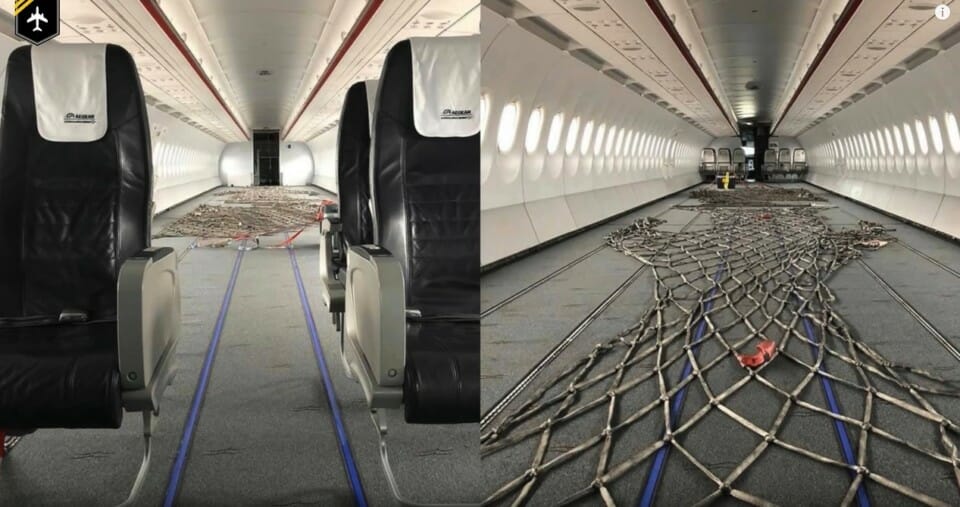
“COMBI” AIRCRAFT
The combination aircraft or “combi” is designed to transport both passengers and freight at the same time. In addition to the typical passenger cabin, there is a freight door and palletized floor in the same aircraft. Combi aircraft has been as small as the Boeing 737 to the Boeing 747. Alaska Airlines until recently had a fleet of three 737-400 combi aircraft seating passengers in the rear and loading cargo containers in the front. Some of which may even be used shipping containers. They have since been replaced by three 737-700 dedicated freighters.
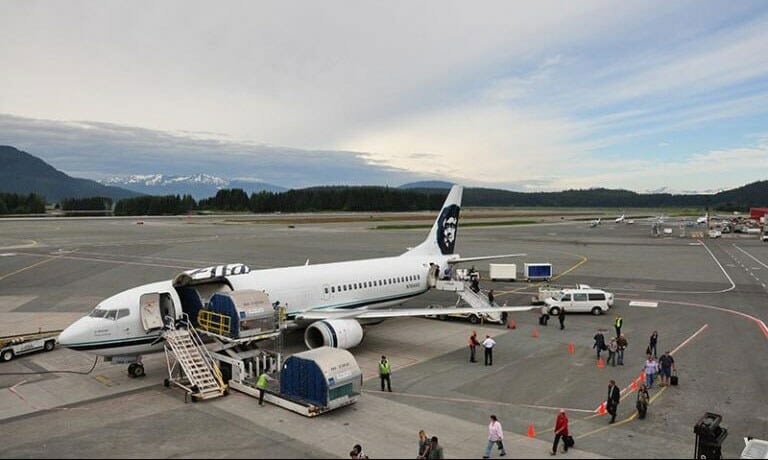
Alaska Airlines operated their combi aircraft on the Alaska milk run which connected Anchorage and Seattle with the other Alaska coastal cities in the middle.
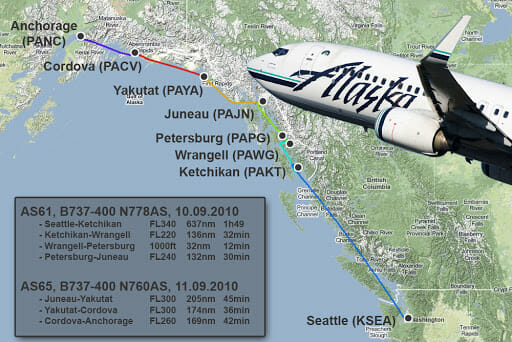
KLM along with other airlines have operated Boeing 747 combi aircraft flying both passengers and cargo on international routes. The 747 combi seats passengers in the front and middle of the aircraft and loads freight containers in the rear. KLM has just brought back two retired 747-400 combis to aid in air bridge flights.
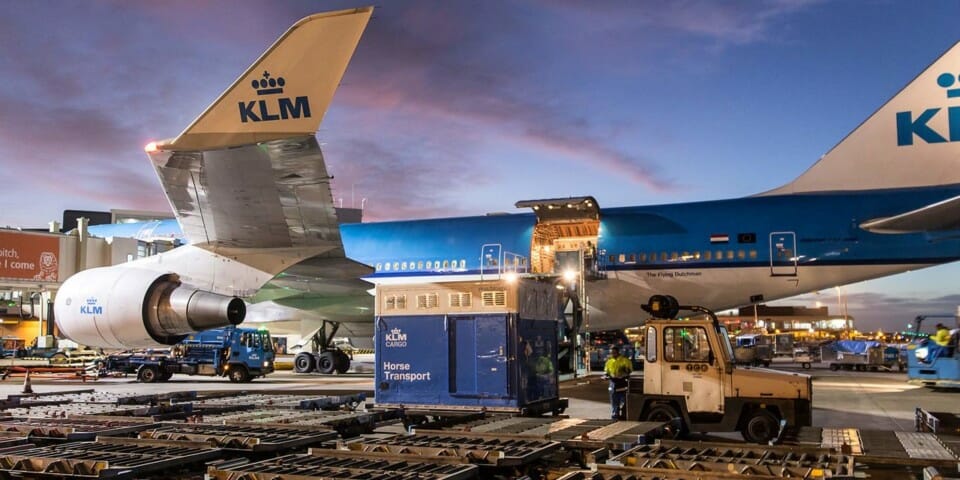

DEDICATED AIR FREIGHTERS
Throughout the jet age, most aircraft variants from the Boeing 737 to Boeing 747 have been as freighter aircraft. The Boeing 747F is the heavy-haul air freighter of choice with its swing-up, nose-loading door. There is an exception to the passenger to air freighter aircraft, the Airbus A380. Airbus did plan on marketing a freighter version of the aircraft but eventually withdraw the model.
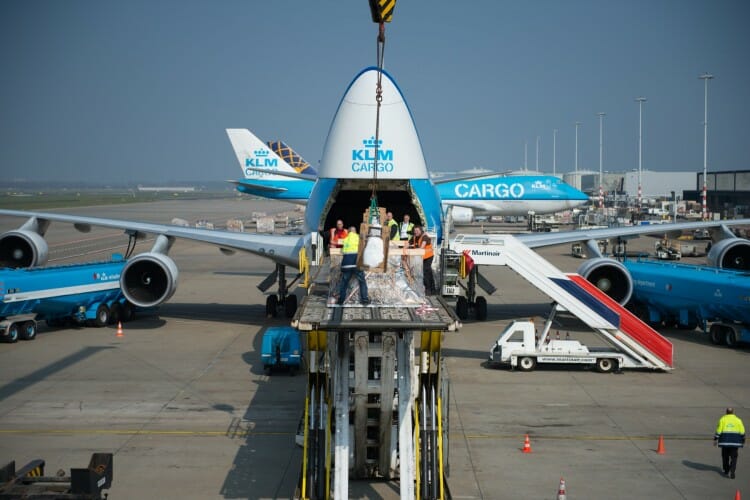
Air Bridge Flights
Air bridge flights are cargo flights carrying medical equipment like hospital bed and supplies to contend with the pandemic situation. These flights are being operated for the purpose of pandemic relief and not permanent freighter operations. Many of these flights are being operated on behalf of governments to get needed equipment and supplies to their countries. These flights are so critical right now that passenger-only aircraft are flying air bridge flights to supplement dedicated freighter operations.
Captain Joe Explains How Passenger Aircraft Are Converted To Carry Cargo
Captain Joe flys the Boeing 747-400F and 747-8F for a large cargo airline in Europe. He explains what it takes to convert a passenger aircraft to carry cargo.
Final Thoughts
The airline industry is truly facing hard times. Passenger bookings have fallen off by over 90% due to travel bans and the fear of getting sick. The airlines are still flying cargo which has no travel restrictions. The airlines are helping the world in dealing with the pandemic by operating air bridge flights delivering much needed medical equipment and supplies.

